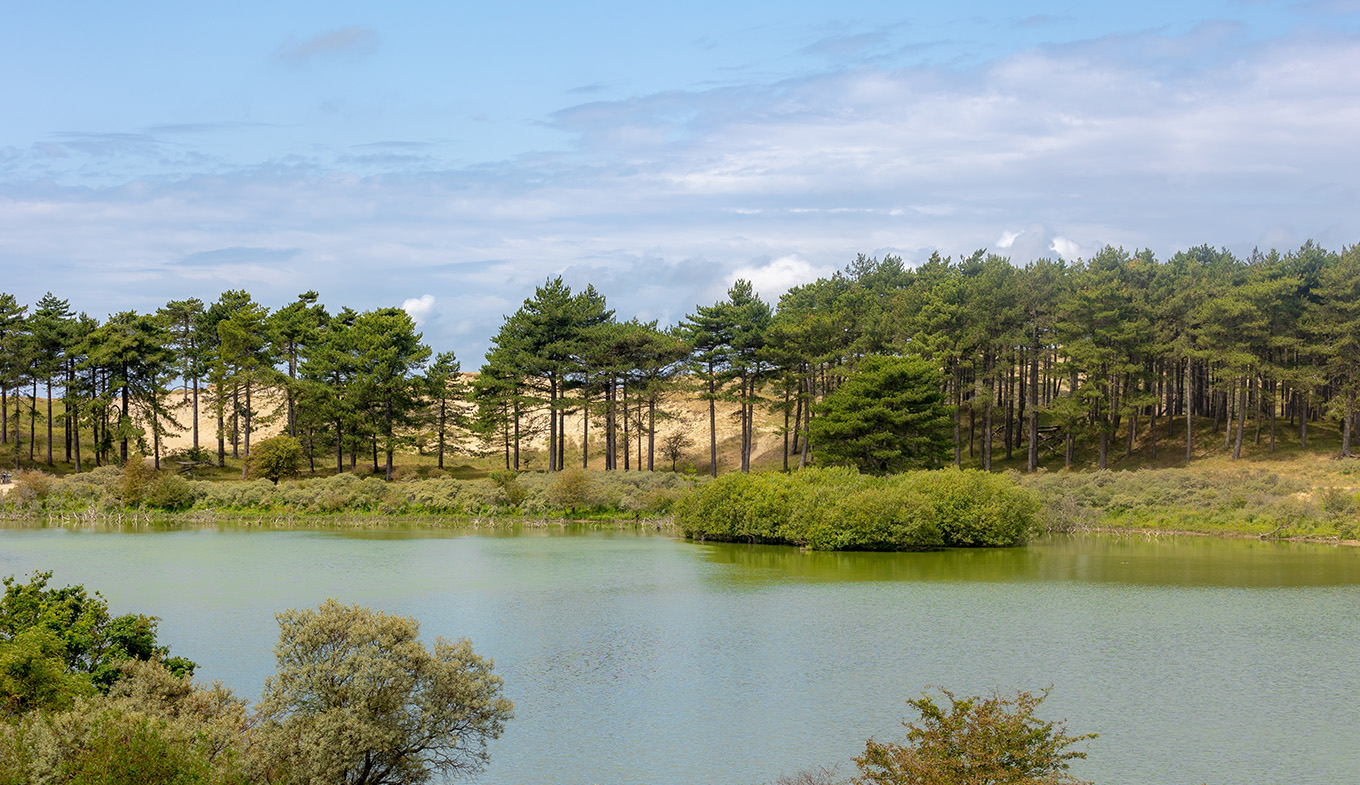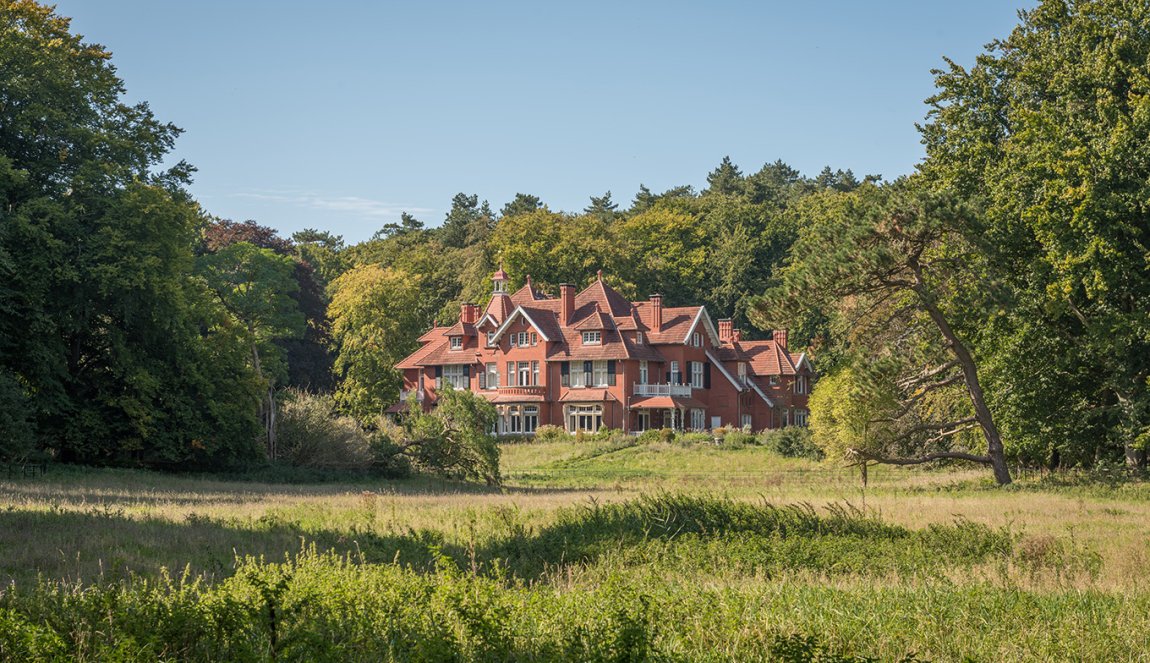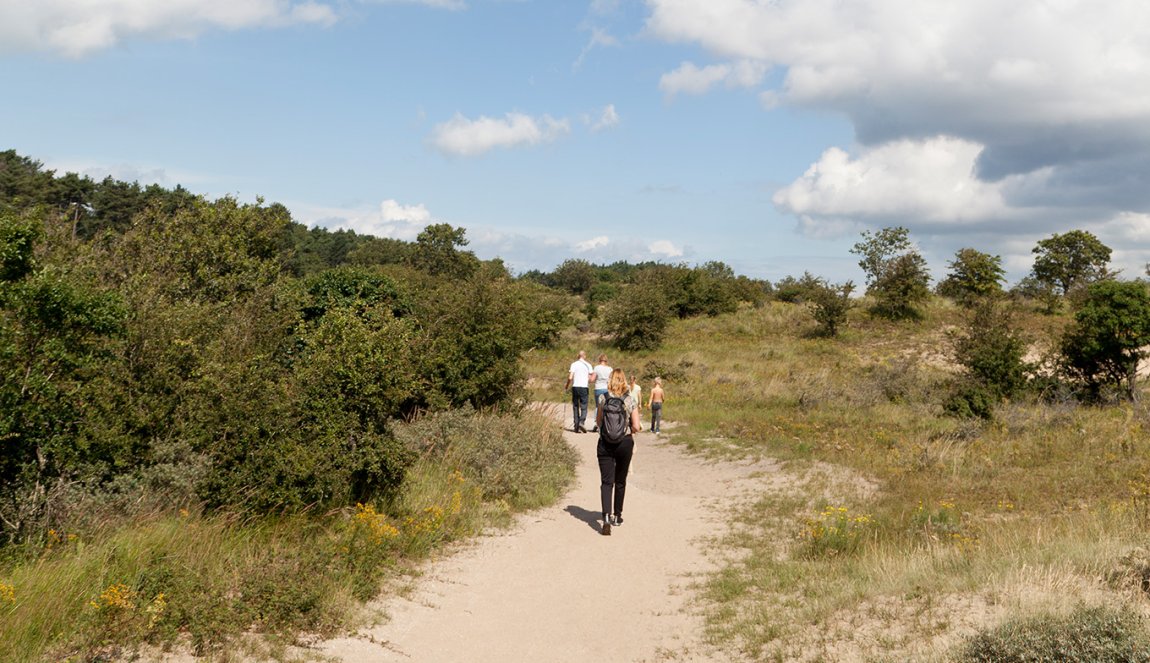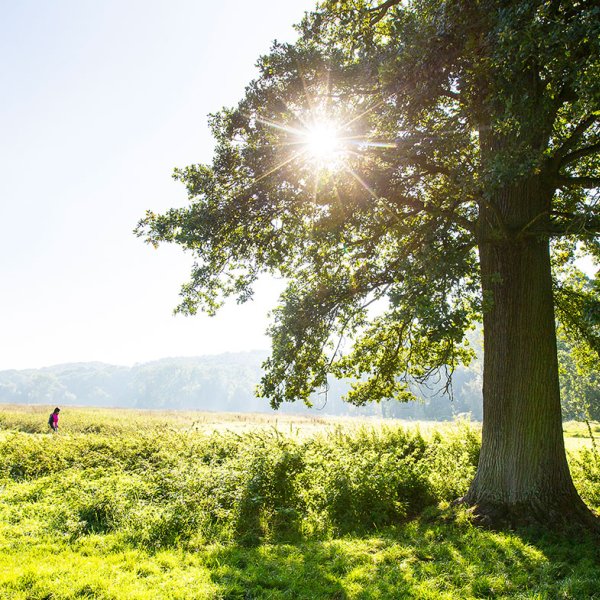
Zuid-Kennemerland National Park
Unique dune landscape

Zuid-Kennemerland is a dune region of approximately 3,800 hectares and is home to very special flora and fauna. The area is also known as Kennemerduinen. The first row of dunes faces the full force of the elements and only marram grass is strong enough to withstand the strong sea winds and the drifting sand. Behind it begins a dune area with thorn bushes, elderberry and seashore false bindweed. In some places fresh water bubbles up and you mainly see parnassia, orchids and sea bindweed and, since water extraction stopped in 2003, wet dune valleys have re-emerged in some places.
Wildlife and large grazers
Wildlife lovers are also in luck because the national park is the habitat for a wide variety of animals. You often see fallow deer, squirrels, rabbits, roe deer and foxes wandering about, not to mention the Highland cattle, Shetland ponies and Konik horses grazing in the open dune areas. These animals ensure that the park is maintained naturally. Since 2007, a herd of wisents (European bison) has been roaming part of the area. But beware; they are not used to people and can be dangerous. They therefore live in an enclosed area and you can admire them from a safe, appropriate distance on an excursion with a forest ranger. The park is also home to more than 100 bird species and about 20 butterfly species.
Country estates in Zuid-Kennemerland

Originally built by wealthy city dwellers, the Duin and Kruidberg, Midden-Herenduin, Heerenduinen and Koningshof estates are now managed by the Forestry Commission and have beautiful landscape gardens of great cultural-historical value. Surrounded by forests, dunes and heathlands, the estates blend seamlessly into the landscape. Visitors can enjoy nature and the park’s rich history, while bunkers and a cemetery of honour commemorate World War II. Over 300 resistance fighters who were executed in the dunes during the war are buried here.
Walking and cycling

Zuid-Kennemerland National Park is ideal for walking, cycling or horse riding along varied routes through dunes, forests and heathlands. Visit 't Wed, a natural lake surrounded by several dunes, some of which are bare and free of plant life. Or cycle along the bird lake in the heart of the nature reserve, where you can spot birds all year round from the bird hide. Bridle paths also take you past several beautiful spots in the area. You can gallop along the beach or through the dunes with your own horse or book a ride at a riding school. There are both short and long routes available.
